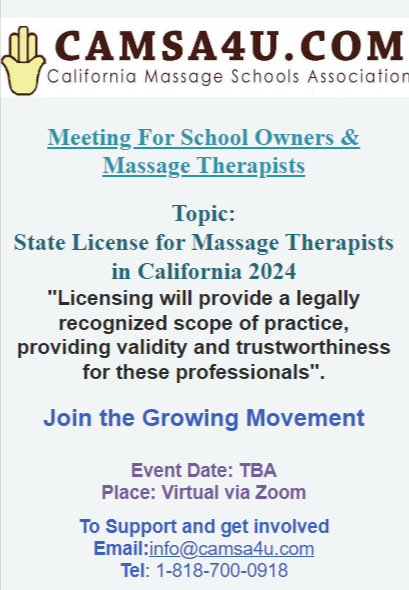Foam rolling is very popular. Athletic trainers use it as a part of the warm-up. Physical therapists use it as part of their treatment strategy, often to improve extensibility of “short” tissues. There is very limited evidence about what benefit, if any, foam rolling confers. But there are a few studies showing it leads to short term increases in range of motion that are not accompanied by strength loss. (This is interesting because stretching interventions tend to show increased range of motion that are associated with a loss of strength and power.)
The purpose of this article is not to question whether foam rolling is effective for anything. I’m willing to assume it works in some way for some people. It is hard for me to believe that so many intelligent trainers such as Mike Boyle would be singing its praises unless it was good for something. So I’ll give it the benefit of the doubt for purposes of this article.
The question for this post is the following: if foam rolling can actually reduce pain or improve mobility, what is the mechanism? I do not find the common explanations very convincing. But there is one (less commonly heard) explanation which I really like. Here’s my critical analysis of the different theories for why foam rolling works, including my favorite one.
1. Does foam rolling “improve tissue quality”?
This is one we hear quite frequently, usually without any specifics as to which “qualities” are at issue. I think some people imagine that foam rolling can smooth out bumps in their tissues like a rolling pin over pizza dough. To be fair, this explanation is usually intended for lay people and not scientists, so we can cut some slack about the lack of specifics. Perhaps the qualities to be improved involve the presence of fascial adhesions or trigger points. I’ll address those claims specifically below.
2. Does foam rolling lengthen or “melt” fascia?
For some reason people just tend to assume that foam rolling works by changing the fascia. I honestly have no idea why. A foam roller puts pressure on all the other tissues in the body, and they all communicate with the CNS, which controls how we move and feel. Isn’t the CNS the most obvious place to look for changes after foam rolling?
No, it always has to be the fascia.
But fascia is tough stuff. Sure it has some interesting adaptive properties, but at the end of the day its purpose is to form a solid structure for the body. Is it really plausible that we can significantly change our structure just by leaning on a foam roller a little bit? We must be made of stronger stuff than that. If fascia started to break down, or elongate, or “melt” every time it felt a little sustained pressure, we would be pretty fragile creatures. Every time we sat on a rock our posterior chain would lengthen. So for me the idea that foam rolling lengthens or melts some important structural stuff in our body does not pass the common sense test.
And, more importantly, the research does not support this idea either. There are a few research studies which try to determine the degree of pressure necessary to cause permanent deformation in mature human connective tissue. The upshot is that if you want permanent change, you better be prepared (as Paul Ingraham notes) to “get medieval.” Steam roller maybe, foam roller, no. It’s not going to happen in any of the places where the roller is most commonly applied, which are usually the strongest parts of the body – the ITB band, lumbar fascia, plantar fascia, etc.
3. Does foam rolling break up fascial adhesions?
Maybe a foam roller can’t lengthen the IT band, which is stronger than steel, but could it break up some little fascial adhesions that prevent sliding between different muscle groups? One of the studies I referenced above show that manual pressure might be enough to deform nasal fascia. Now I don’t see many people foam rolling their nose, but maybe there are tiny little adhesions between large muscles groups that are as weak and deformable as nasal fascia.
Again this seems highly speculative to me. How do we know where these adhesions are, or what angle will help break them? A foam roller is a blunt non specific instrument that delivers force in a diffuse manner into the tissue. Smash! Part of the job of fascia is to diffuse force, so it would be hard to target a specific point here. Also, the angle of pressure is always straight in. The foam roller would have limited ability to provide the kind of precise oblique force that might be able to slide one layer of tissue with respect to the other.
Another problem I have with the idea that foam rolling breaks up fascial adhesions is that the effects are often temporary. People do some foam rolling, they feel better for a while, and then tomorrow or even later that same day, they feel the need to roll the same area again. If the mechanism of effect is breaking fascial adhesions, then why do we need to repeat the process? Did the fascia knit itself back together again? The temporary nature of the results strongly suggests a nervous system mediated mechanism for efficacy, not a structural one.
3. Does foam rolling get rid of trigger points?
Many foam rolling proponents explain that proper procedure involves finding a “trigger point” and staying on that point for a while. Is foam rolling a way to treat trigger points?
It should be noted that the term trigger point means different things to different people. For some it just means a sore spot, but for others it refers to a specific pathology. The technical definition involves several elements such as a hyperirritable nodule within a palpably taut band that elicits a twitching response to snapping palpation. Trigger points are thought to be caused by some sort of metabolic crisis in the muscle cells which causes chemical irritation in the local area and for some unknown reason refer pain to other areas when pressed.
Trigger points are controversial to say the least. There is substantial debate as to whether they even exist. Whether they can be reliably identified is another debate. And whether they can be effectively treated is another. There are many recommended treatments – stretching, post-isometric relaxation, sticking needles into them, pressing on them, etc. I definitely don’t have the time or anything approaching the knowledge to address all these debates.
But given all these uncertainties, I’m disinclined to believe that foam rolling works by getting rid of a trigger point. There are just too many unanswered questions here. The experts in trigger point therapy will tell you that not every sore spot is a trigger point, that not all trigger points are clinically relevant, and that their identification and treatment takes practice and expertise. So I don’t think shotgun fascia smashing with a foam roller is a plausible trigger point treatment (assuming they exist and can be treated with pressure.)
This article was taken in part from https://www.bettermovement.org/blog/2013/how-does-foam-rolling-work




Speak Your Mind
You must be logged in to post a comment.